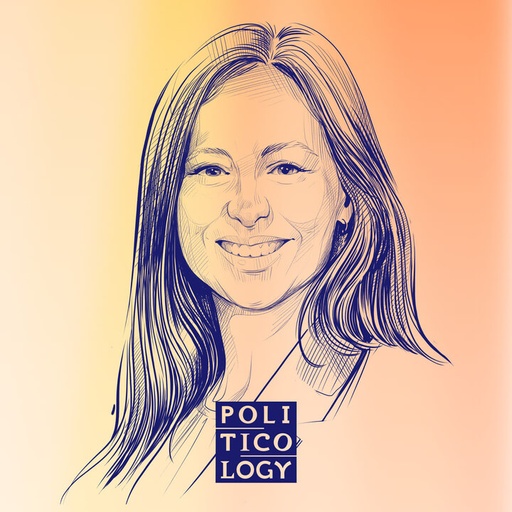
Imagine a world where candidates no longer need to pander to the extremes, where minor candidates don’t tip elections one way or another, and where your vote can truly represent your values. Sounds like a dream, right?
States like Alaska and Maine are already proving it’s possible. And they’re doing it with Ranked Choice Voting.
In this episode host Ron Steslow and Deb Otis (Director of Research at Fair Vote) break down ranked choice voting, how it works, the way it’s changing politics in states like Alaska and Maine, and what it could mean for other campaigns and how it could help us reign in extremism.
Segments to look forward to:
(02:12) How Deb started working on Ranked Choice Voting reform
(03:05) What Ranked Choice Voting is and how it differs from our current system
(07:40) Different forms of Ranked Choice Voting
(12:00) How Ranked Choice Voting pushes candidates to appeal to more of the electorate
(14:36) Ranked Choice Voting in partisan primary elections
(17:30) The impact on extremist candidates like Sarah Palin in the 2022 Alaska House Race
(20:50) How Ranked Choice Voting helped Lisa Murkowski hold off a primary challenge from her right
(22:01) The repeal effort in Alaska
(28:48) How Ranked Choice Voting has changed the way states are governed
(31:51) Ranked choice voting in New York City primaries
(35:35) Why Democrats are fighting Ranked Choice Voting in Nevada
(43:37) What other states can learn from Alaska and Maine
(47:47) Using Ranked Choice Voting in Presidential Primary elections.
Learn more about Fair Vote: https://fairvote.org/
Learn about how Ranked Choice Voting is being used in presidential primaries: https://bit.ly/3QXWwz0
Follow Ron on Twitter:
https://twitter.com/RonSteslow
Learn more about your ad choices. Visit megaphone.fm/adchoices
Don’t miss out. Be the first to know about upcoming guests, special events, and more as we continue to build Politicology.
